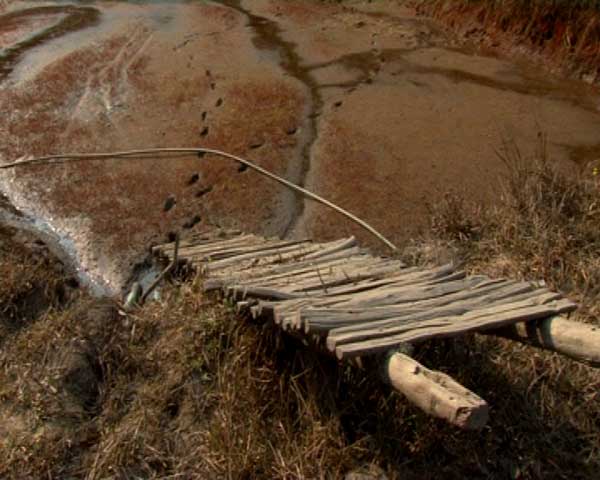
By Rituraj Borthakur Shillong, Sep 1 : Popular social networking sites have become a hit with Meghalaya's frontline politicians who swear by their usefulness to stay connected to the masses. Hailing from both sides of the political divide, the leaders, including Chief Minister Mukul Sangma and Opposition Leader Conrad Sangma, are regular users of the sites. An avid user of Facebook,...













